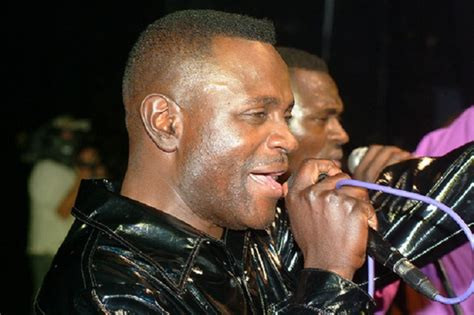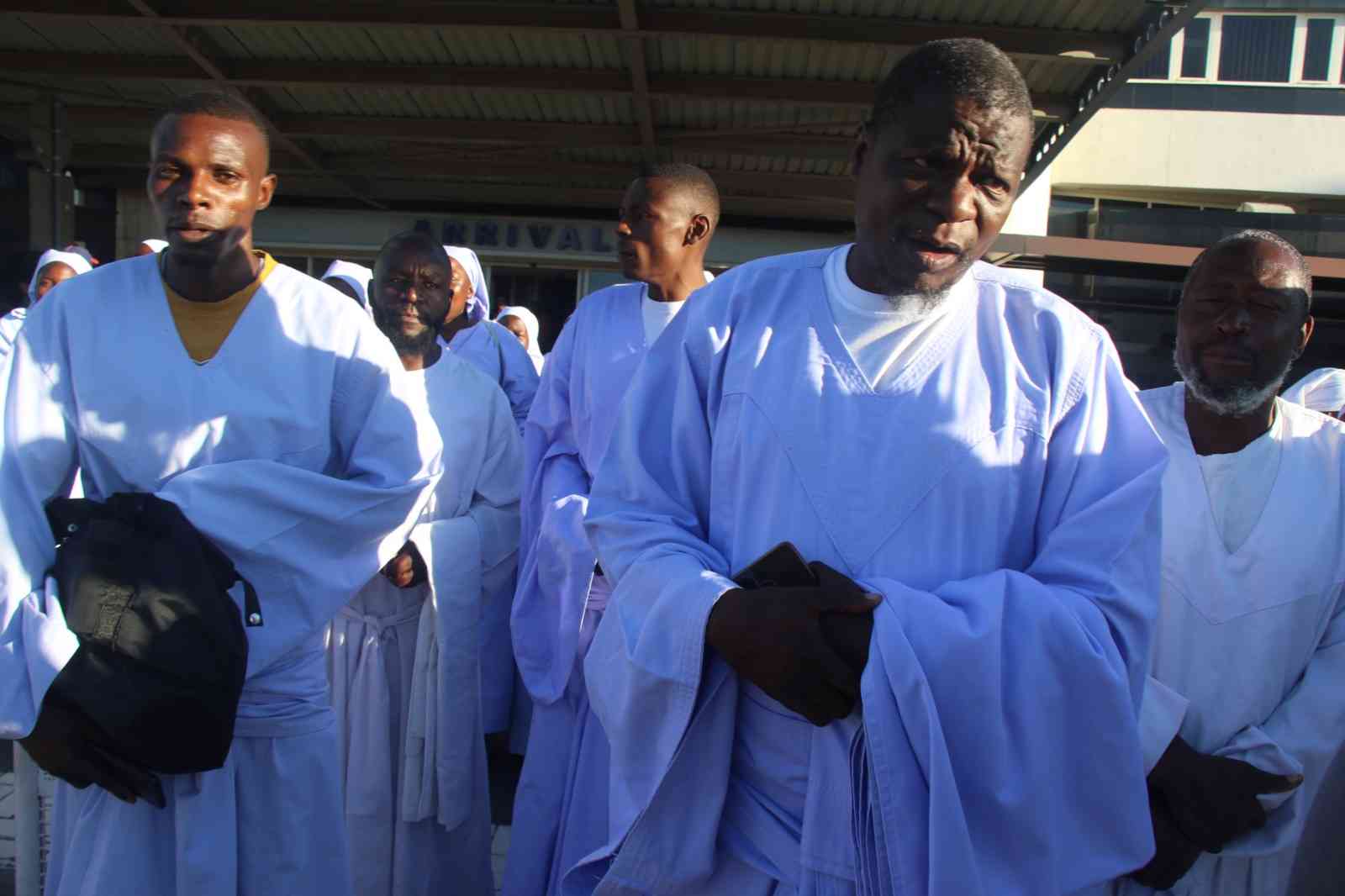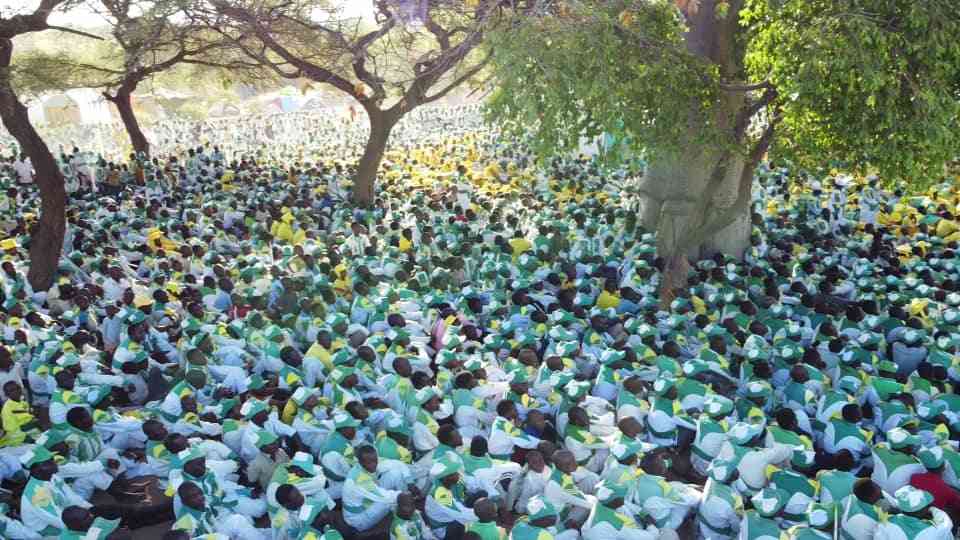
Ron Plummer, a visiting friend from Jamaica who was in Zimbabwe at Christmas time was listening to music from my car radio and remarked: “Hey Fred what do you call this music?” I told him it was called Zimdancehall. “Yeah man!” he said. “It sounds just like Jamaican dancehall but I don’t understand the lyrics as they are in a different language.”
“Do you have any authentic Zimbabwean music?” He went on to ask.
I was ashamed as I was not sure how to answer that question. However, I took out a Macheso CD and started to play Mundikumbuke and told him that was Zimbabwean music. To cover up, I further went on to explain that different African countries had different genres of music like Afro-Beats in Nigeria, Amapiano in South Africa, Rhumba in the Democratic Republic of Congo and Sungura in Zimbabwe. But I lied. Do we really have a music genre which we call Zimbabwean?
We all know that both Zimdancehall and Sungura are not authentic Zimbabwean genres. They are borrowed genres. The only thing that makes them sound Zimbabwean are the lyrics as they are mainly sung in Shona.
Zimbabwe has been struggling for years to find its own musical identity. This explains why Thomas Mapfumo came up with what he termed Chimurenga music and Oliver Mtukudzi decided to call his Tuku music. Minor names of Zimbabwe’s genres include Imbube, Jit, Chimurenga, Rhumba, Zimdancehall, Gospel, Dendera, Mbira and Marimba.
Even Zimbabweans sometimes ask me where Sungura music originated from. A good example is a question from Amos Bishi, a researcher and former lecturer at Zimbabwe Open University and Harare Polytechnic. He wanted to know how we inherited Sungura Music.
It is believed that the sound of Sungura (which is sometimes known as Museve) reportedly originated from the East and Central Africa. We are told that in the1940s and 1950s, a man named Mura Nyakura working for a trader in a job that allowed him to travel between Central and East Africa from the then Rhodesia fell in love with this music and brought it to Zimbabwe. He would boast about his exclusive collection of LPs from East and Central Africa. Local musicians just called this music Rhumba and they would try to emulate it. When bands from the Congo such as The Baba Gaston Band and O.K. Jazz visited the then Rhodesia, local musicians copied their styles and performances and they would go round to municipality-owned beerhalls where they were given contracts to showcase their skills to beerhall patrons. That popularised the genre.
Another belief is that the Zimbabwean freedom fighters who had been stationed in Tanzania fell in love with this music which was called Sungura or Kanindo and it was them that popularised it in Zimbabwe when the war drew to an end. Marko Sibanda and Knowledge Kunenyati who had also returned from the war, formed The Kasongo Band. This band was named after the popular Orchestra Super Mazembe song Kasongo.
- Sungura musician in charity work for underprivileged
- Uplifting ghetto youths is our priority: Gyver
- Pinjisi decision to quit music divides family
- Guitar virtuoso earns Mutambi popularity
Keep Reading
By 1977, rhumba had become the local genre of the Zimbabwe music industry. The O.K. Success, The Great Sounds, Limpopo Jazz Band, Devera Ngwena Jazz Band, The Real Sounds and The Vedettes had become Zimbabwe’s most popular bands in Rhumba circles.
Rhumba was then given a Zimbabwean name, Sungura or Museve.
Sungura is Swahili name for “hare” and it was named such because of the high velocity in which the hare can run. It’s also popularly known as Museve (arrow) because an arrow travels at a very high speed.
Sungura or Museve has become a popular music genre in Zimbabwe. This genre was popularised in the 1980s by groups like Khiama Boys, Zimbabwe Cha Cha Cha Kings, Simon Chimbetu, John Chibadura and Leonard Dembo amongst many others.
Sungura, the mother of genres, is characterised by lengthy songs with fast tempos which are full of high energy. Sungura is said to be the offspring of Kanindo and Rhumba put together. The music was named after Phares Oluoch Kanindo, a politician and music producer, whose studio was churning out hits from his POK Music Stores.
In Zimbabwe, Sungura music became popular in the early 1980s, pioneered by frontman Ephraim Joe and his band Sungura Boys which counted many notable future hit makers as members.
Sungura has remained a contending genre despite the popularisation of dancehall music, Afro-pop and hip hop in Zimbabwe. It is characterised by lead vocals with catchy choruses, fast guitar lines played by two or three guitarists, bass and drums. A lot of music lovers have enjoyed listening to the genre because most musicians’ lyrics touch on real issues that affect our society although some young urban folk regard it as music for the rural folk and uncultured people..Unfortunately, and sadly for Zimbabwe, a lot of the musicians associated with the rise of Sungura have all passed away.
Out of the many musicians mentioned below, only a handful are still alive. Prominent names in the Sungura industry include: Zimbabwe Cha Cha Cha Kings, System Tazvida, Simon Chimbetu, Naison Chimbetu, John Chibadura, Leonard Dembo, Thomas Makion, Tongai Moyo, James Chimombe, Marshall Munhumumwe, Daiton Somanje, Ndux Malax, Solomon Skuza, Tinei Chikupo, Leonard Zhakata, Maungwe Brothers, Devera Ngwena Jazz Band, Hosiah Chipanga, Paul Mpofu, Paul Matavire, Peter Moyo, Nicholas Zakaria and many more. These musicians shall all be remembered for their input and contribution to the music genre we call Sungura .
Ephraim Joe and his band the Sungura Boys, popularised Sungura music. The Sungura Boys counted many notable future hit makers as members and these included John Chibadura (guitar), Simon and Naison Chimbetu, Ronnie Chataika (guitar and vocals), Mitchell Jambo (drums), Ephraim Joe (guitar), Moses Marasha (bass), Never Moyo (lead guitar), Bata Sintirawo (rhythm guitar), System Tazvida (guitar and vocals) and Peter Moyo (guitar and vocals).
Within a few years’ time, the genre had become the most popular music genre with over three quarters of Zimbabwean musicians playing it. Legendary producer Bothwell Nyamhondera is credited with recording and producing sungura music. The Khiama Boys emerged as natural successors to the Sungura Boys after their demise during the mid-eighties.
Most musicians who play this genre usually tackle different life experiences that include love, hardships and unity. Some of the earlier proponents of this genre like Leonard Zhakata and John Chibadura’s music was marked with hopelessness, entrapment and despair.
In extreme contrast, others sang of hope and optimism in hard times and the hope that everything would be fine in due course. One such musician was the late Tongai Moyo whose music was rooted in purposeful urgency, unity in struggle and an optimistic outlook on life.
Dance played a major role in Sungura and many bands had dancers who exhibited superbly choreographed dancing styles. It is believed that the earliest sungura dance style was Bhasikoro adopted from farm workers and people who lived in rural areas. The dance has moves that resemble a cyclist pedalling a bicycle.
New dancing styles came into play including the Chimbetus’ dendera dance. Discussion about sungura dances cannot be closed without mentioning Alick Macheso who has choreographed a lot of styles over the years. These include Borrowdale, Razor wire, Kangaroo, Kochekera and Zora Butter.
Sungura’s sound as we know it now, is descended from Shepherd Chinyani and Ephraim Joe, the two patriarchs of the Sungura Boys. They took the Kanindo sound and gave it an extra edge; the lead guitar remaining the key instrument, but pitched just a bit higher.
The 1990s was dominated by musicians like Leonard Dembo, the effervescent Khiama Boys, veteran Simon Chimbetu and upcoming artistes of the time like Alick Macheso, Tongai Moyo and Somandhla Ndebele. The star of the decade was Leonard Zhakata whose musical project was a spinoff of the double play Maungwe Brothers an act fronted by Zhakata and his cousin Thomas Makion.
In the 1990s, Zimbabwe began to go through great changes, and so did sungura. A government that had flirted with socialist pretences swung right, and adopted the neo-liberal Economic Structural Adjustment Programme of the International Monetary Fund.
The policies threw thousands of people out of work, and prices rose. This is when Leonard Zhakata came up with his 1994 hit, Mugove, a song which depicted the growing divide between the rich and the poor in Zimbabwe.
The 1950’s was a time when regional identity in music was in formation. Sungura music became the local genre of the Zimbabwe music industry. Sungura music however became popular in the early 1980s, pioneered by frontman Ephraim Joe and his band Sungura Boys which counted many notable future hit makers such as Alick Macheso, as members.
Sungura or Museve is a popular music genre in Zimbabwe. This genre was popularised in the 1980s by groups like Khiama Boys, Zimbabwe Cha Cha Cha Kings and Leonard Dembo, John Chibadura amongst many others. Sungura, the mother of genres, is characterised by lengthy songs with fast tempos which are full of high energy.
- Feedback: frezindi@gmail.com









